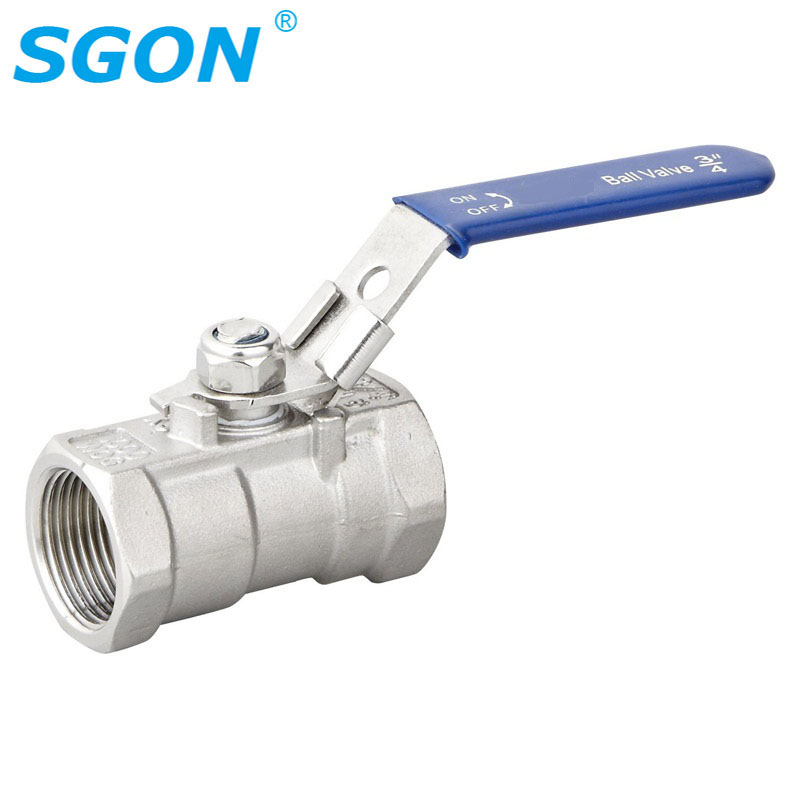Proper installation of a spiral ball valve is crucial for its performance and the piping system's safety and efficiency. Here are key points:
1. Location & Orientation
The valve's installation location should be accessible for operation, inspection, and maintenance. Adequate space is needed. The height must meet design specs.
Inlet and outlet directions must align with fluid flow. Threaded connections, if any, should be tightly fastened as per recommended torque.
2. Manual Valve Handle
For manual valves on insulated pipes, the handle shouldn't be down. This avoids damage from insulation and ensures easy operation.
3. Pre-Installation Checks & Tests
Inspect the valve's appearance for damage. Check the nameplate against GB 12220.
For valves with > 1.0 MPa pressure and on main pipelines, strength and sealing tests are essential. In the strength test (1.5 times nominal pressure, ≥ 5 min), no leakage from shell or filler is acceptable. In the sealing test (1.1 times nominal pressure, per jb/t 9092), no disc sealing surface leakage is required.
4. Gasket Installation
Select gaskets per piping design, considering temperature, pressure, and fluid. Center and seat the gasket properly between flanges. Tighten flange bolts evenly to the right torque for a leak-free joint.
5. Valves with Transmission Mechanisms
Follow the product manual for installation. It details alignment, mounting, connection, and any necessary adjustments or lubrication for smooth operation.
In summary, careful attention to these details during spiral ball valve installation ensures its proper function and the piping system's integrity, safety, and efficiency.

GET A QUOTE